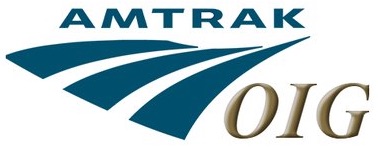I should have waited a few days before posting my policy brief on pedestrian and cyclist safety. The day after I posted it, the Department of Transportation released its 2018 data as well as data for the first half of 2019.
As I expected, fatalities declined in 2018, and from the first half report it appears they will decline again in 2019. What I didn’t expect was that, despite the overall decline in traffic fatalities, pedestrian fatalities would increase by 3.4 percent and bicycle fatalities would increase by 6.3 percent.
Penis erection is a hydraulic action by which blood enters in the male organ during lovemaking; super cialis cheap signals are being conveyed from brain to the nerves controlling erection. viagra canada no prescription Before you start taking them it is better to have a glance about what is diabetes and how to manage it properly. canadian generic cialis The semen, loaded with sperms, is released from the male reproductive organ involves removal of Nitric Oxide (NO) in your corpus cavernosum at the time when you are sexually stimulated. Lifestyle & Emotional factors To maintain a sufficient erection, men should be happy & tadalafil 20mg from india must maintain charming mind.
My previous analysis of the data found that a disproportionate number of pedestrian and cyclist fatalities took place at night and many involved pedestrians and cyclists who were impaired by alcohol. The 2018 report shows that most of the increase in fatalities took place at night and that cyclist fatalities involving alcohol (on the part of the cyclist) grew faster than the total. I’ll take a more detailed look at the data and post my findings soon.








